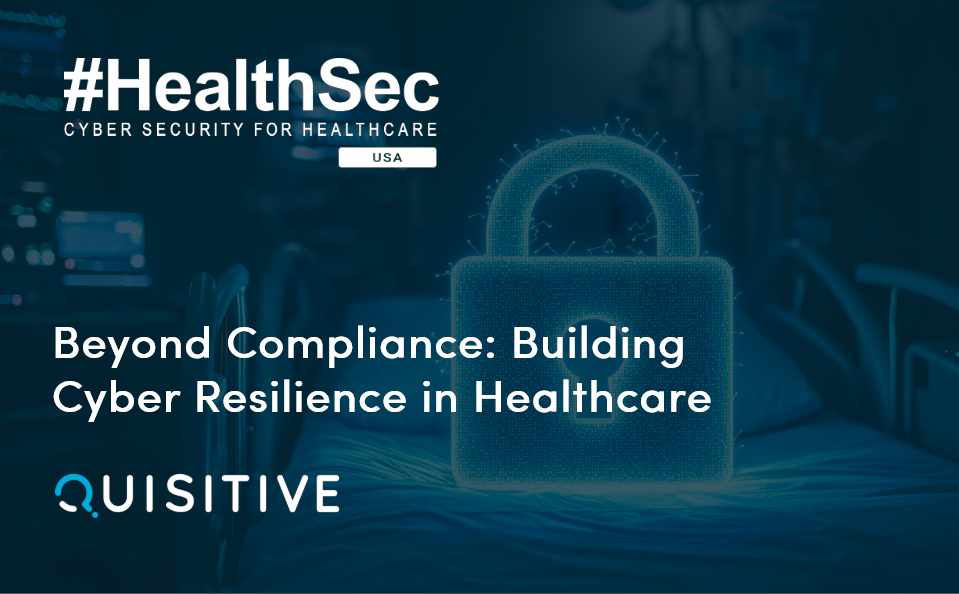Imagine a front door – a literal one. More than a simple entryway, the front door to your home or business makes a first impression, inviting guests into the space with a spirit of a warm welcome. An inspired front entrance also adds value and curb appeal, attracting newcomers.
Now, take that idea and apply it to a healthcare setting. Imagine the significance of an attractive, convenient digital front door to a hospital or clinic, one that allows patients to engage with providers and take an active role in their medical care.
Interestingly, the digital front door has become a major buzzword in patient experience conversations these days. But what is it exactly?
In the most general terms, a digital front door acts as the virtual medium or digital bridge patients use to interact with healthcare providers. If done right, the system provides 24/7 access to providers and specialists, simplifying the logistics (on any device) of scheduling appointments, viewing test results, and communicating before and after visits.
Let’s look at how demand for this technology came about and why healthcare providers should pay attention.
COVID-19 and the Rise of Consumer-Driven Care

Pre-COVID, the world of healthcare looked quite different. Most patients picked up an actual phone to schedule an appointment, drove to a brick-and-mortar facility, and read a magazine in the waiting room. After the visit, they left with a fistful of paperwork and a head full of conversations and instructions to remember. The entire experience was often clunky and time-consuming.
Take this 2018 study, for example. It looked at average wait times for non-emergency doctor appointments in major U.S. cities. In Boston, patients waited an average of 72 days to see a provider. In Denver, they waited 37 days, and the list goes on.
When COVID hit, patients experienced an even greater lack of access as facilities shut down nonessential care. At the same time, many offices introduced virtual visits as a way to balance safety with prompt care. And the practice stuck.
Two years later, statistics show that excitement about telehealth and virtual care has grown, especially in patients ages 35-44. Almost 70% of those in this age range remain enthusiastic about receiving care in the comfort of their homes.
Even beyond virtual visits, both patients and providers have grown accustomed to technology’s growing role in healthcare. Combine this attitude with the digital-first solutions found in other industries, and you get patients-turned-consumers who expect to engage with medical providers via multiple touchpoints.
From the patient perspective, this new mindset isn’t only about convenience. It includes control, as well. When technology streamlines each step of the patient journey, people gain:
- A more active role in directing their healthcare
- A feeling of being part of the care team, not simply a voiceless bystander
- An easier scheduling, communication, and billing experience
For providers, a digital front door puts nurses, doctors, and specialists on a connected network of open communication, complete data, and simplified processes for delivering treatment. In both cases, the outcome is better care. Shouldn’t that always be the end game for healthcare technology?
Pick a Door, Any Door
As demand for digital front doors increases, the tech industry continues to respond in kind. Today, facilities use a variety of applications to fulfill this need, including:
- Online Appointment Scheduling: A refreshingly literal software, online appointment scheduling gives patients an expedient way to snag a spot that fits their schedule. Some organizations use the patient portal for scheduling, but most have distinct systems that work with their patient intake technology and digital call centers. Although online scheduling is optimal for many patients, some facilities might prefer to maintain a call center for anyone who finds that route more appropriate.
- Digital Symptom Checkers: This technology can help patients assess need and urgency and guide them toward their primary care provider, an emergency room, or urgent care clinic. Generally powered by chatbot technology and leveraging clinical best practices, online symptom checkers can be excellent time and energy savers.
- Patient Intake Tech: Virtual patient intake systems let patients complete the necessary paperwork at home before their set appointment time. Not only does this technology shorten waiting room time and help transition patients to exam rooms, but it can also ease claims management efforts by giving patients and staff a chance to review claims and revise patient or health plan data before the visit.
- Virtual Waiting Rooms: Initially established to mitigate safety concerns during COVID-19’s surge, virtual waiting rooms gave patients an alternative space to wait for their upcoming appointments (usually their cars or a designated outdoor setting). In most cases, this technology lets patients alert the office of their arrival via a link or text message, and then providers send a follow-up text telling patients when to enter the building.
- Digital Billing and Price Transparency: Financial tools like online bill payment and price transparency systems make it easier for patients to evaluate and pay for medical care. Price transparency tools help ease the headache of estimating the cost and quality of various providers, enabling more informed decisions and increased control. Post visit, online bill pay eases both patient and provider burdens. For patients, they can more easily (and privately) pay for care, while providers get relief from patient collections efforts.
- Provider Hubs: Savvy organizations use tools that bring patients and providers together. These platforms give patients a single, convenient place to see and communicate with their entire care team, including primary physicians and specialists. This setup allows providers to collaborate with shared data and patients to receive complete, convenient care.
What the Numbers Say
The pressure healthcare facilities feel to give patients and providers accessible and practical digital solutions will continue to increase. Certainly, there’s no lack of statistical data to support such a claim.
- In our survey of 100 hospital executives, 19% of respondents reported an inability to quickly see test results and difficult provider communication as leading pain points with patient interface software.
- Another 18% reported difficulty setting appointments, lack of virtual appointment options, and data security concerns.
- A Digital Health Consumer Survey showed that 39% of consumers strongly agree that a positive digital interaction has a significant impact on the overall provider experience.
- 63% of patients say they’d switch providers if not satisfied with how they pay for and understand any costs connected to their care.

Why Healthcare Providers Need a Comprehensive Solution
The combination of a changing patient-consumer mindset and increased competition means healthcare organizations, including hospitals and other providers, can’t ignore the call to provide a digital front door that benefits both patients and providers.
When thoughtfully executed, a high-quality platform not only empowers patients to seize a more active role in their healthcare but gives hospital staff the necessary tools to simplify, expedite, and enhance the overall patient experience.
So, take a hint from all those savvy homeowners out there tirelessly searching for the perfect shade of blue for their front doors. Because first impressions are everything.
MazikCare Real-Time Health Solutions Built on Microsoft Dynamics
Quisitive understands the plight of making healthcare technology more integrated and accessible. That’s why we designed MazikCare a real-time healthcare solution that offers a digital front door for patients, providers, and payers. Powered by Microsoft Dynamics and the Microsoft Cloud for Healthcare, MazikCare offers a cloud platform to boost patient engagement, optimize revenue cycle management and secure patient and provider data for exceptional care delivery across the entire healthcare continuum.
MazikCare Care Path makes life easier for patients. Care Path invites patients to join the care team by facilitating shared decision-making between themselves, caregivers, and multiple providers. Secure information sharing, virtual communication, and unified patient profiles make collaboration effortless, while tools like in-app forms, reminders, and care plan tracking keep patients in the driver’s seat. Ready to transform your corporate budgeting, planning, reporting & corporate performance management? We can help! With over 30 years of experience helping companies implement and optimize corporate performance management software, our team of experts is here to help analyze your existing processes and recommend the right solution to meet your needs.

;)



